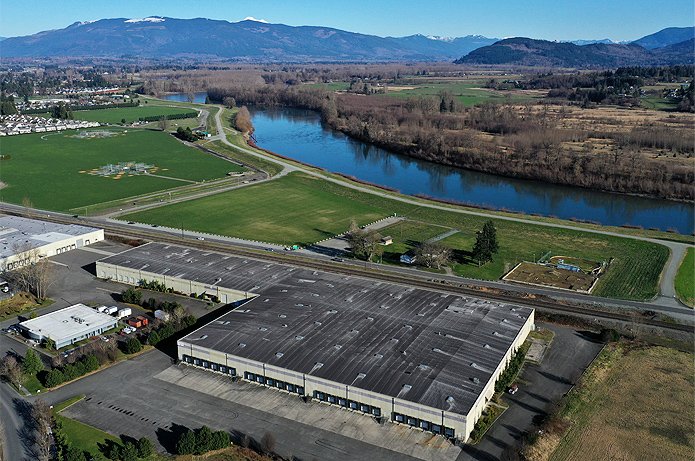What’s next for residential solar financing as 25D expires?
In a new Power Forward episode, BayWa r.e.’s Josh Tinaglia breaks down tax credit changes, TPO, loans, and why installers should take a deep breath before 2026
When the residential solar Investment Tax Credit under Section 25D sunsets at the end of 2025, it will reshape how installers sell, finance, and deliver projects. In the latest episode of Power Forward — Solar Builder’s video and podcast series in collaboration with BayWa r.e. — Editor-in-Chief Chris Crowell sat down with Josh Tinaglia, finance program manager at BayWa r.e., to unpack what’s changing, what’s uncertain, and how installers can stay competitive.
Topics include:
- What the 25D tax credit sunset means for installers and homeowners
- Why third-party ownership (TPO) will play a bigger role starting in 2026
- Questions to ask your TPO providers
- The outlook for solar loans, dealer fees, and new finance products
- Prepaid leases and transferability of tax credits
- The uncertainty of FEOC rules and domestic content requirements
- The impact of cancelled programs like Solar for All and the Greenhouse Gas Reduction Fund
Watch the full episode above (and subscribe to our YouTube channel). You can also listen to this as a podcast on Apple Podcast | Spotify | Amazon | Podbean. Below are some key quotes.
“There’s panic … but also optimism”
Installers are riding two waves at once: a surge in sales as customers rush to lock in the 25D credit, and anxiety about what comes after.
“That is such an important question,” Tinaglia said when asked whether contractors are panicked. “All installers right now are either at a place where they’ve had record months, record quarters … but that doesn’t change what happens December 31. There’s panic because no one knows. The crystal ball is telling each and every one of these installers: where do I go next?”
Solar loans aren’t going away
With tax credits shifting to third-party ownership (TPO) deals starting in 2026, many assume customer-owned loans will dry up. Not so, Tinaglia said.
“Dealer fees are probably going to start to go away,” he noted. “We’re going to see a lot more lenders coming out with new products … maybe longer-term loans to try and compete with TPO, to compete with utilities. There’s still a place for loans. There are always going to be homeowners who are adamant about owning the system.”
TPO opportunities — and risks
The survival of residential leasing and prepaid lease models will be central in 2026. But Tinaglia urged caution when selecting partners.
“You want to make sure you’re not getting in there with someone who’s going to be a bankruptcy risk,” he said. “Ultimately you have to serve your customers. Trust but verify … If you’re going to put all of your money in that bag, be mindful of how they’re sourcing their funds.”
He also advised installers to maintain multiple finance relationships. “It does not hurt to have three or four finance tools in your back pocket … because ultimately if one falls out, you have someone you can call onto the field.”
Policy uncertainty adds more complexity
Beyond 25D, installers must watch two other developments: FEOC sourcing rules for batteries and modules, and the collapse of federal programs like Solar for All and the Greenhouse Gas Reduction Fund.
“Those rules will start to get drafted in the first half of next year,” Tinaglia said of FEOC. “That is a huge challenge if you’re an investor trying to figure out your tax equity piece … Now, it adds a lot of uncertainty.”
The loss of Solar for All funding, he added, will hit contractors serving low-income households especially hard. “If your business model was to focus on those low-income households and now that rug has gotten pulled out from underneath you, that’s absolutely going to hurt your business.”
Finding resilience in a shifting market
Despite the challenges, Tinaglia closed on a hopeful note: “We’re in the solar industry. Resilience is one of our key benefits. Now we’ve got to learn to do it ourselves. It’s going to be maybe a hard 2026, but those that figure it out might prosper and have better years than they did previously. Positions like this make innovation happen.”





Comments are closed here.